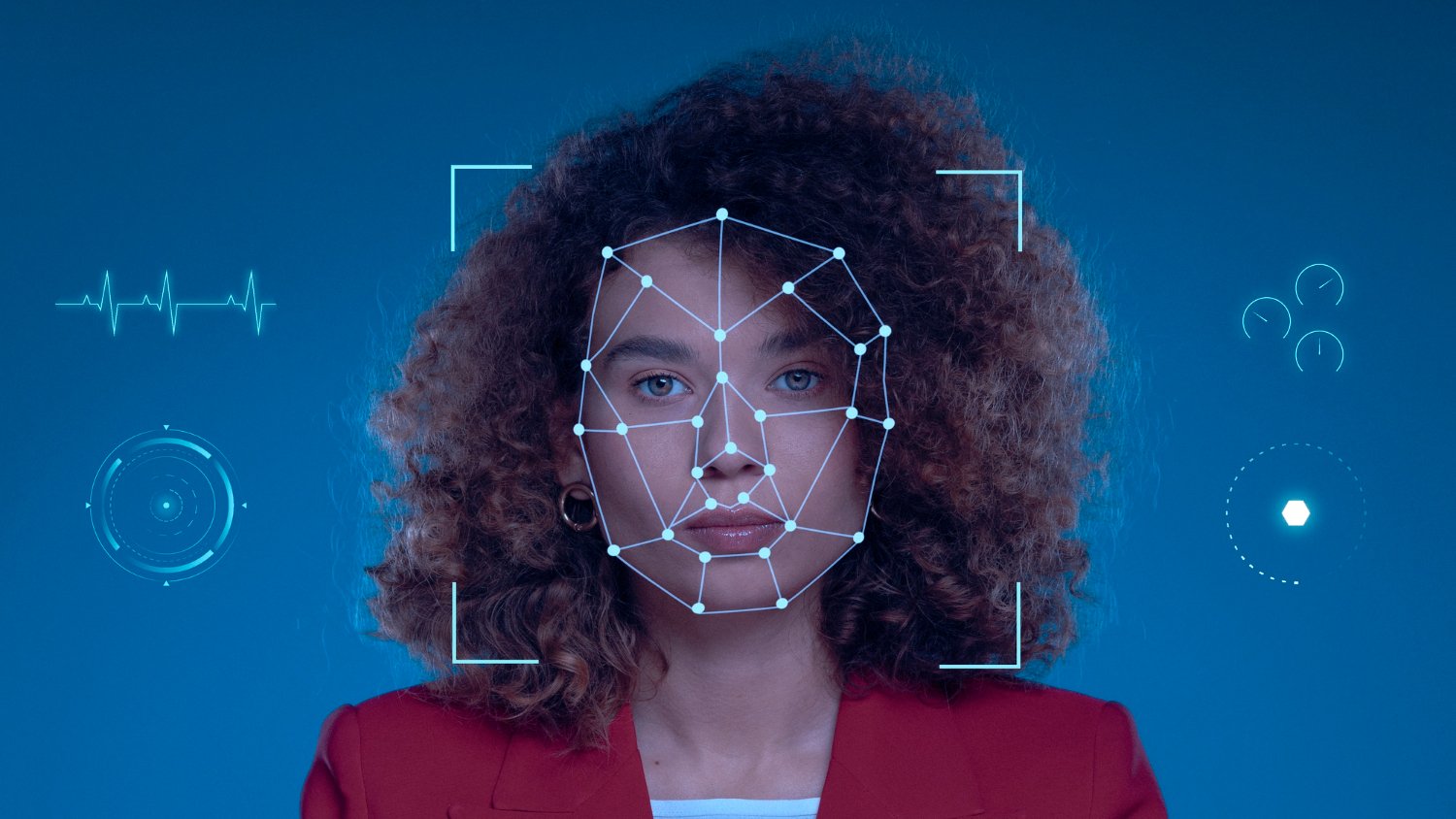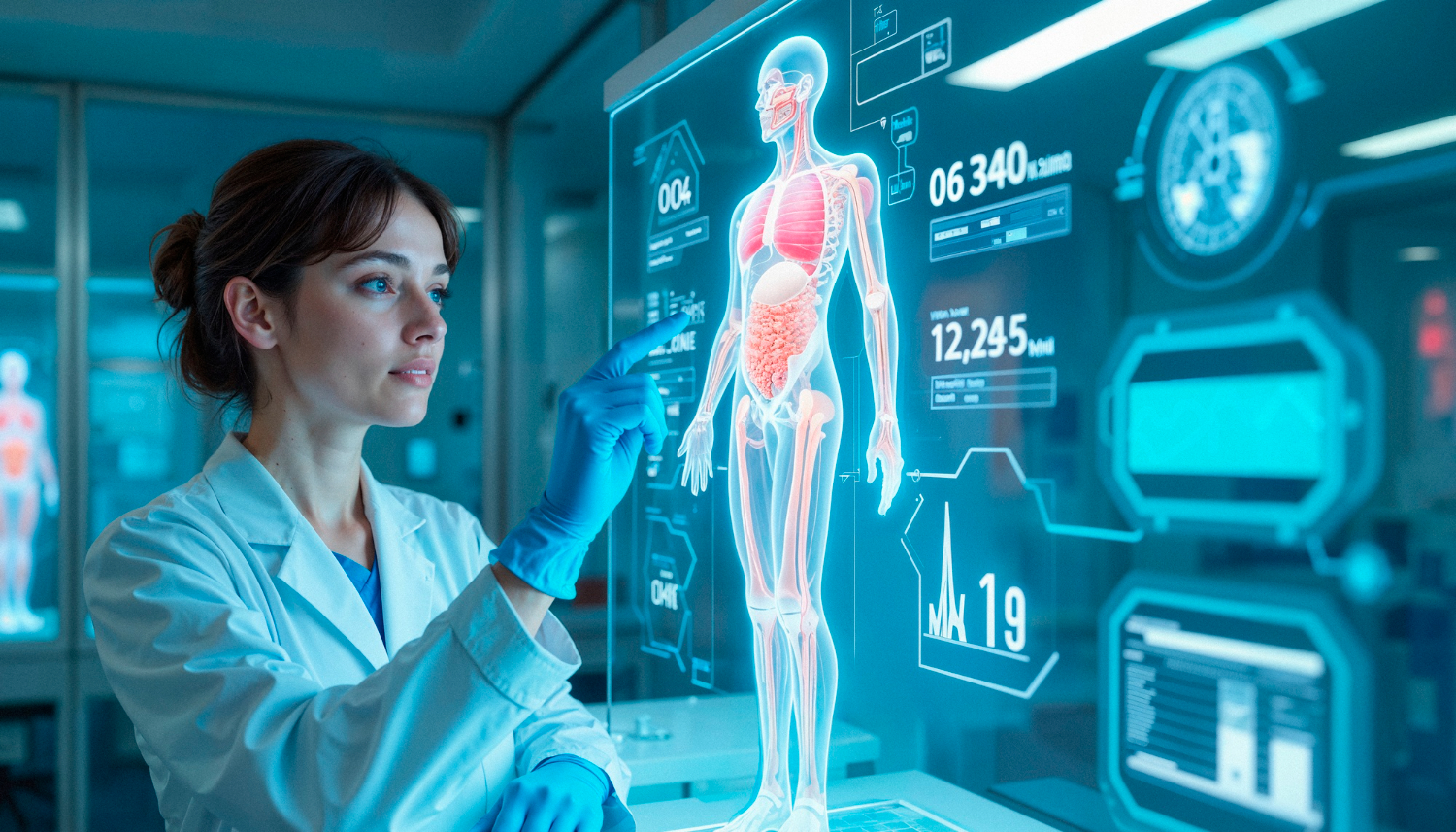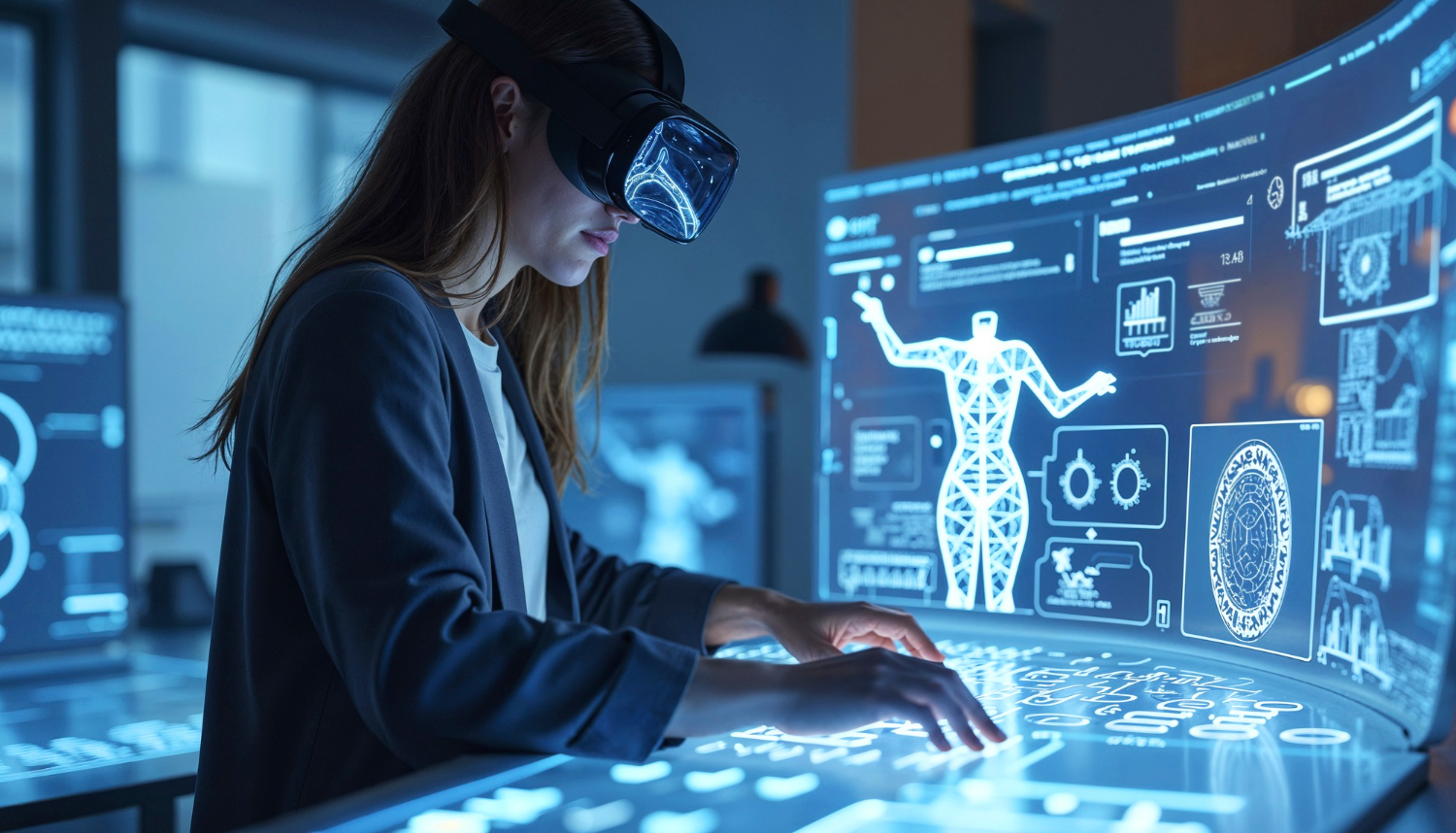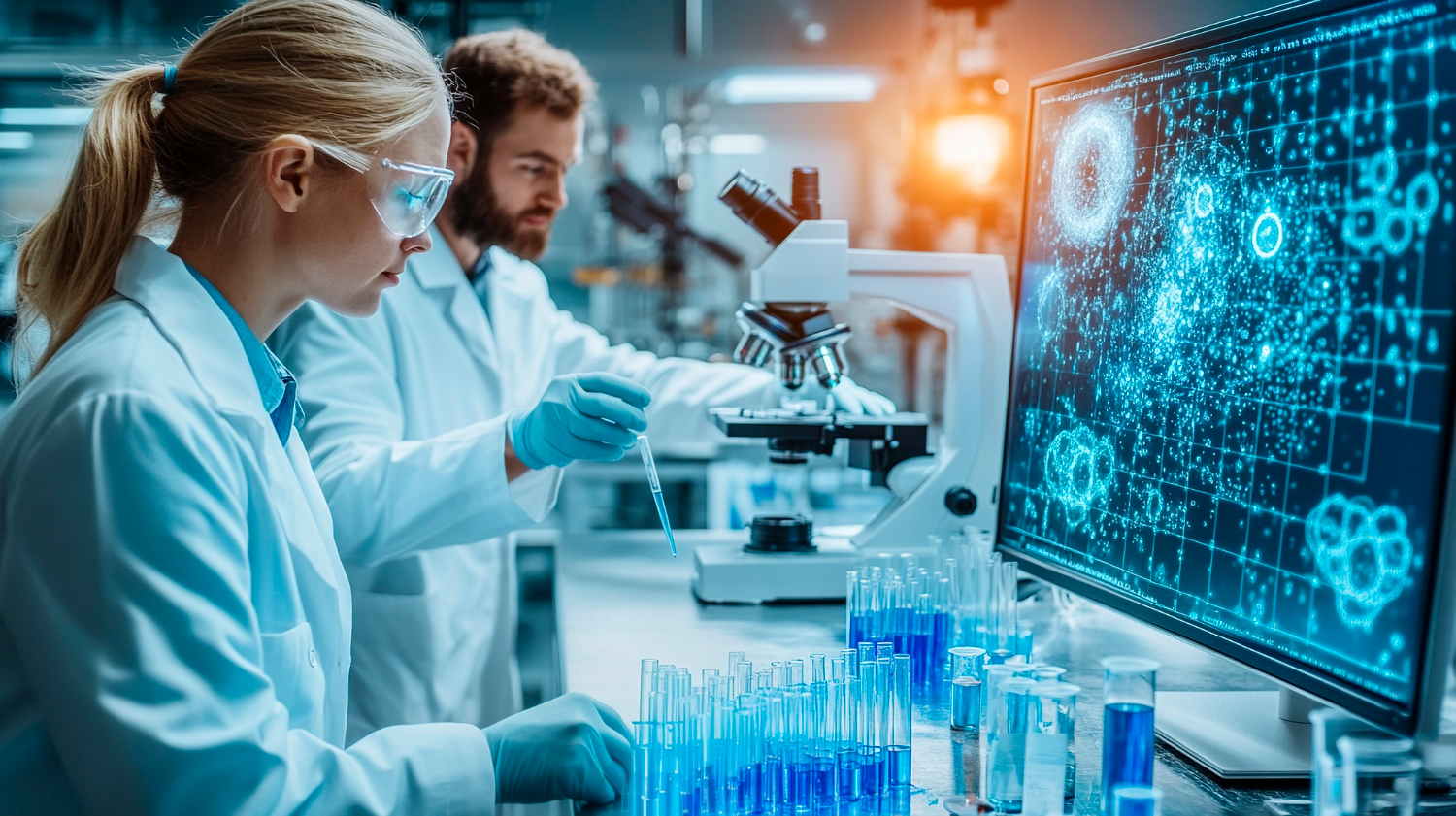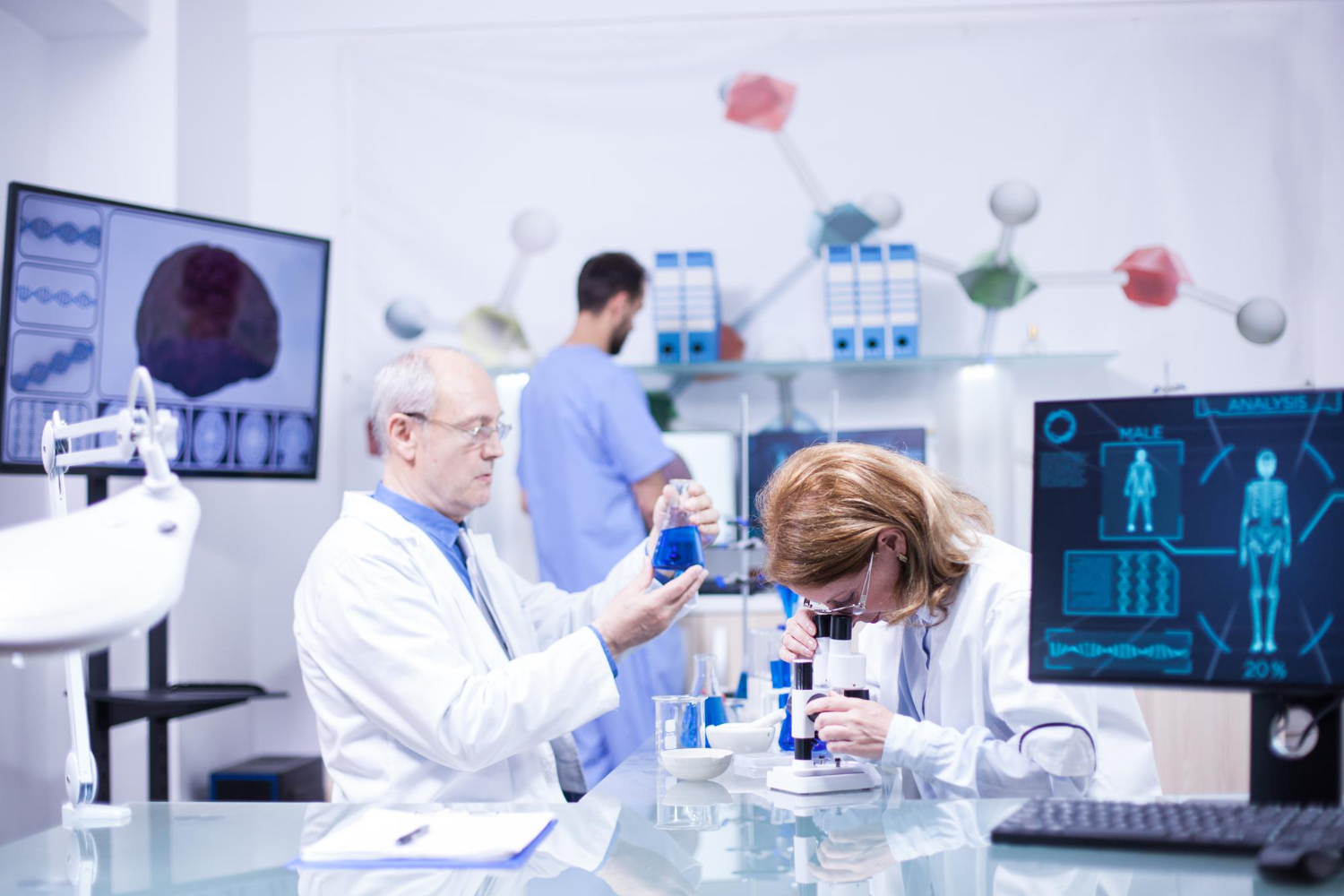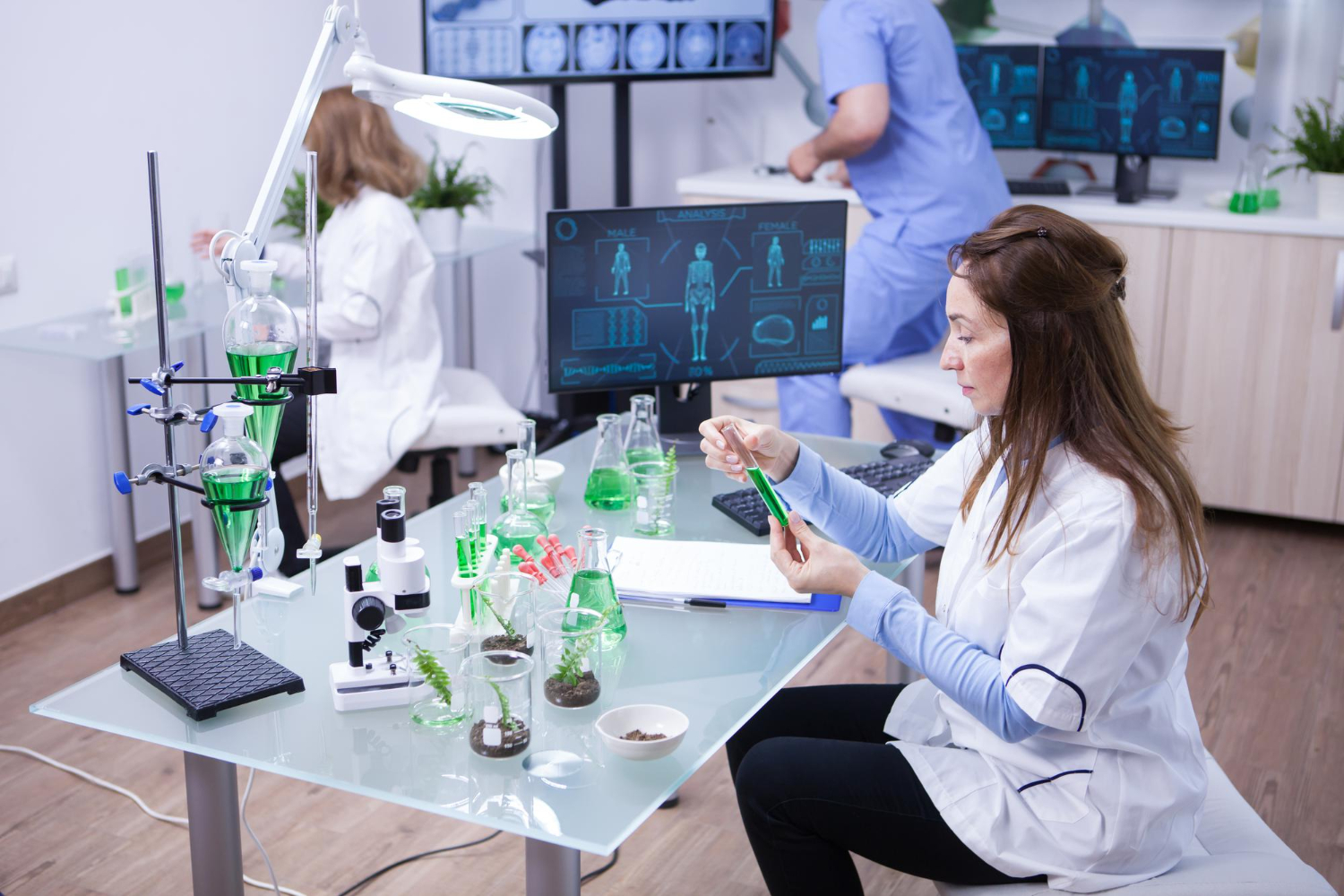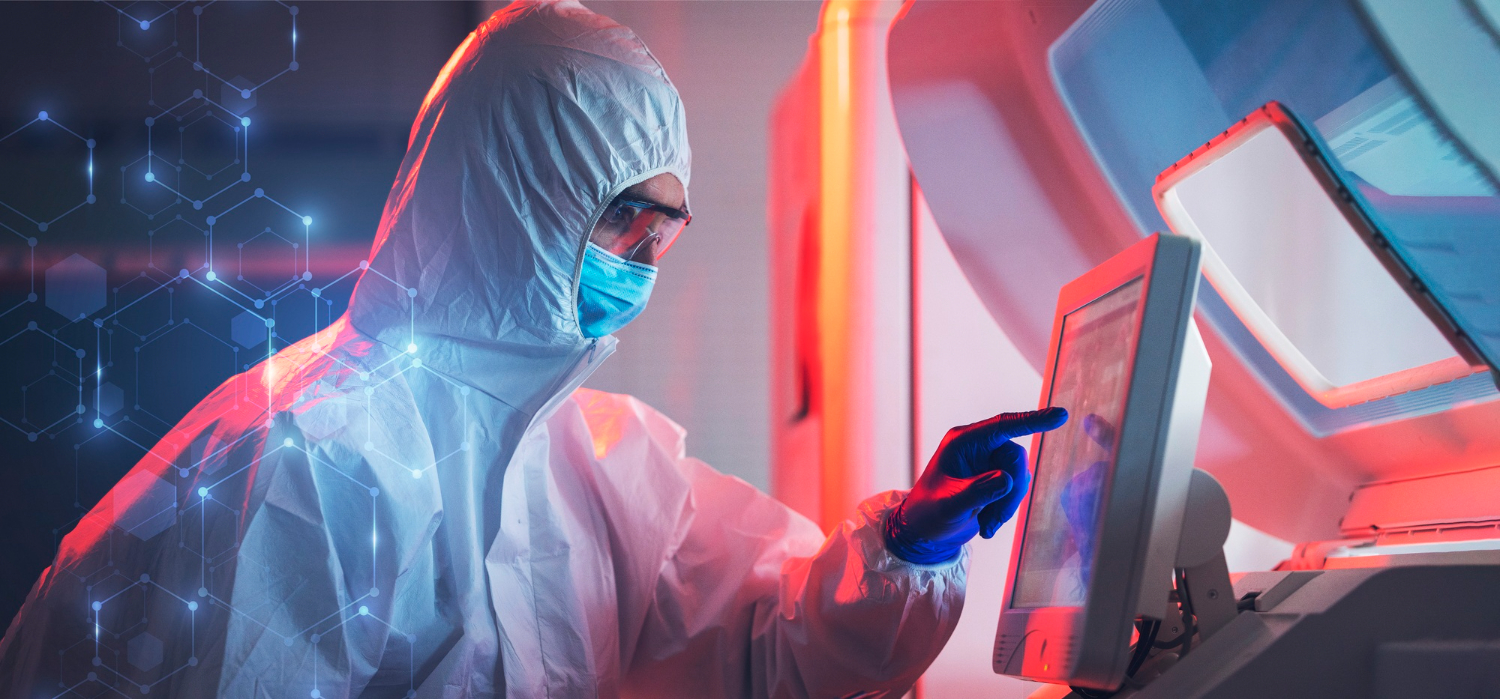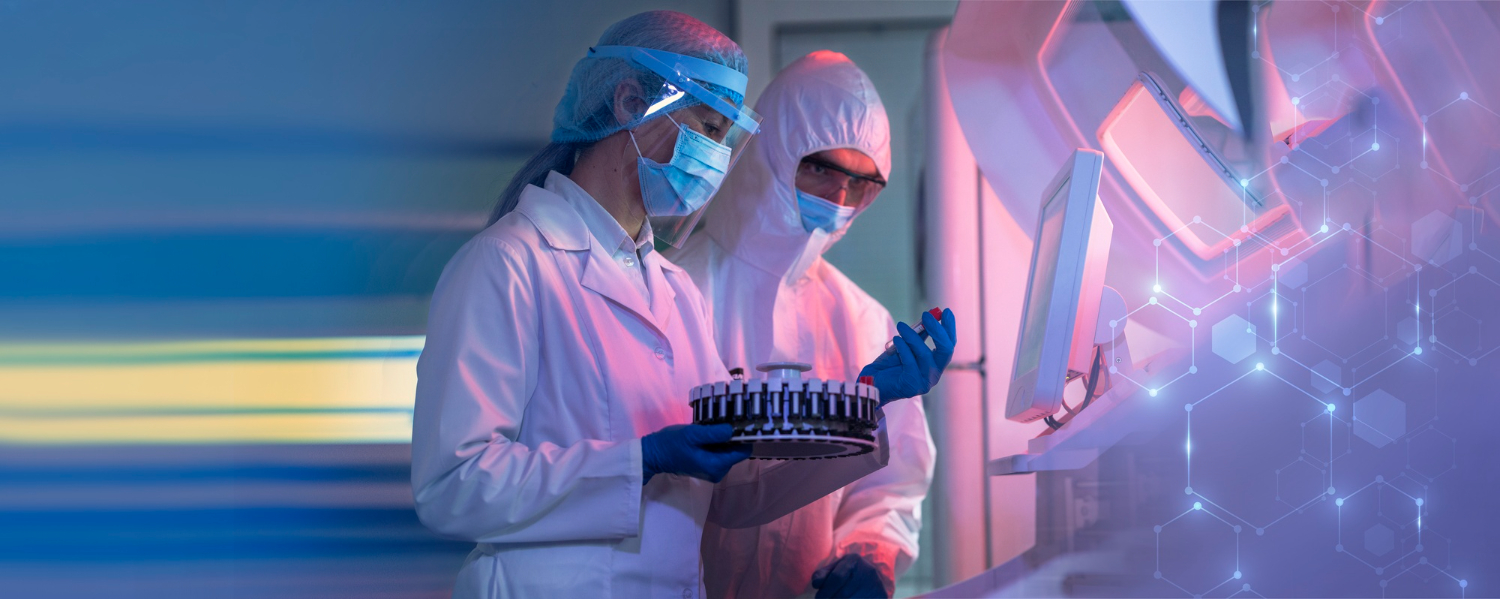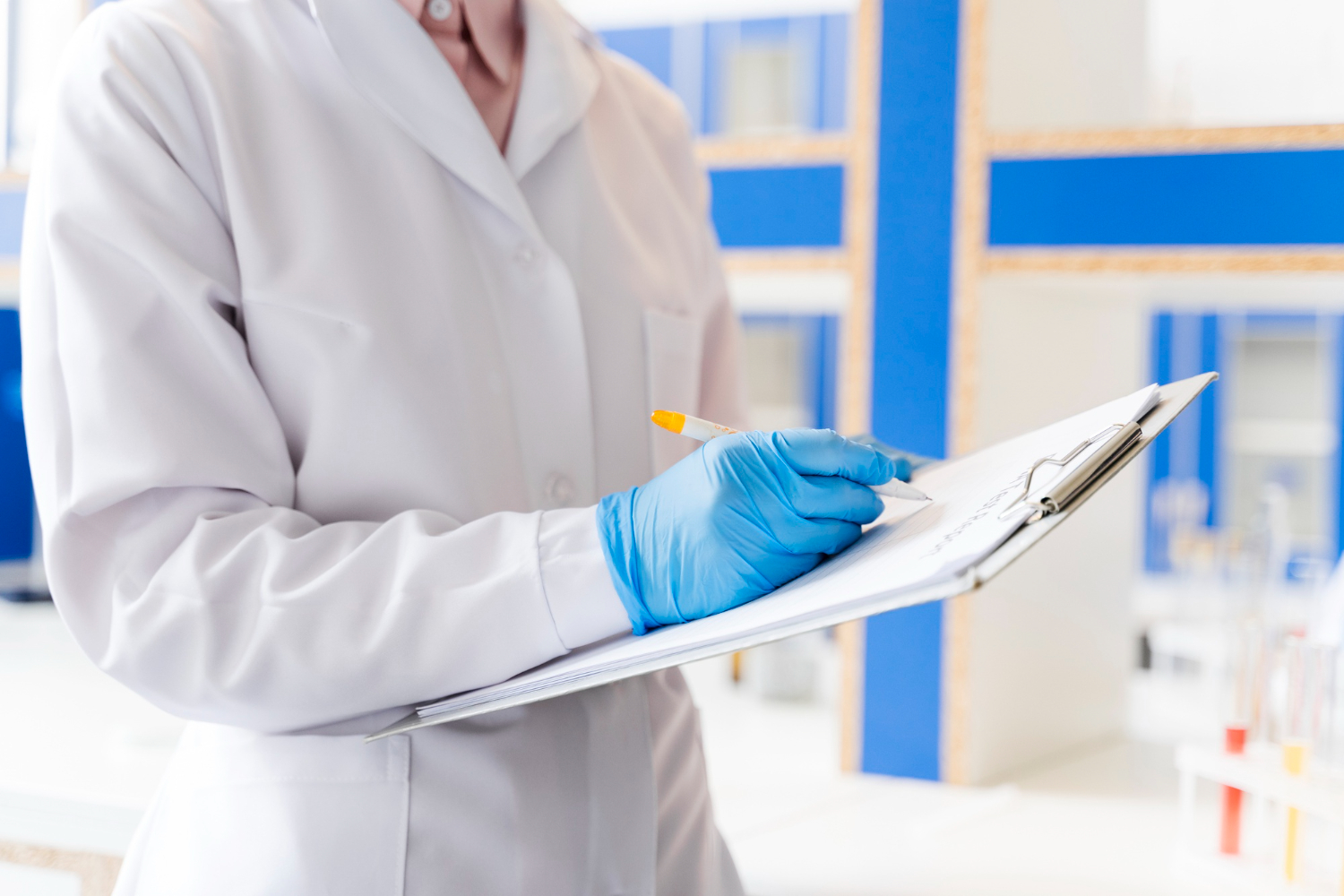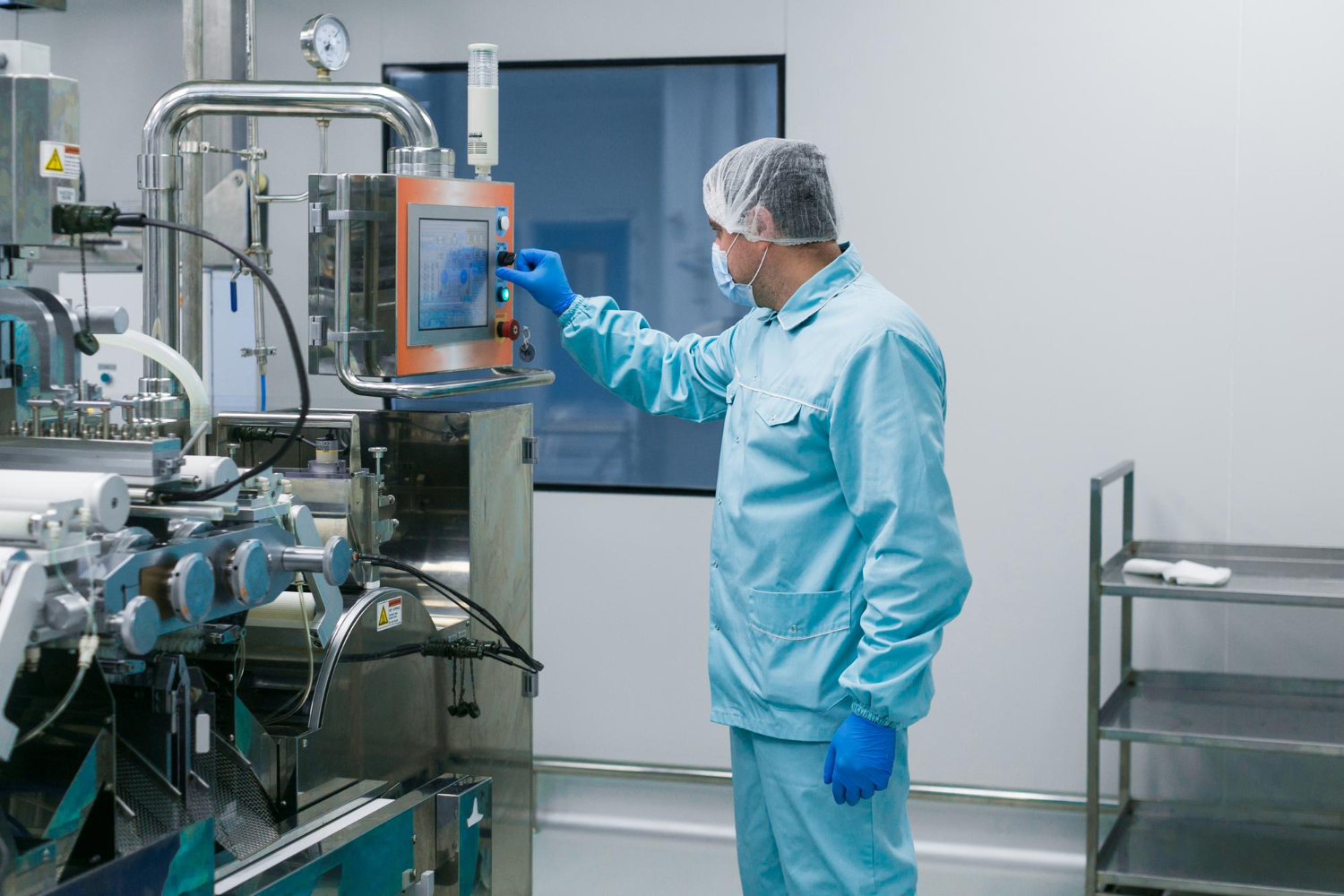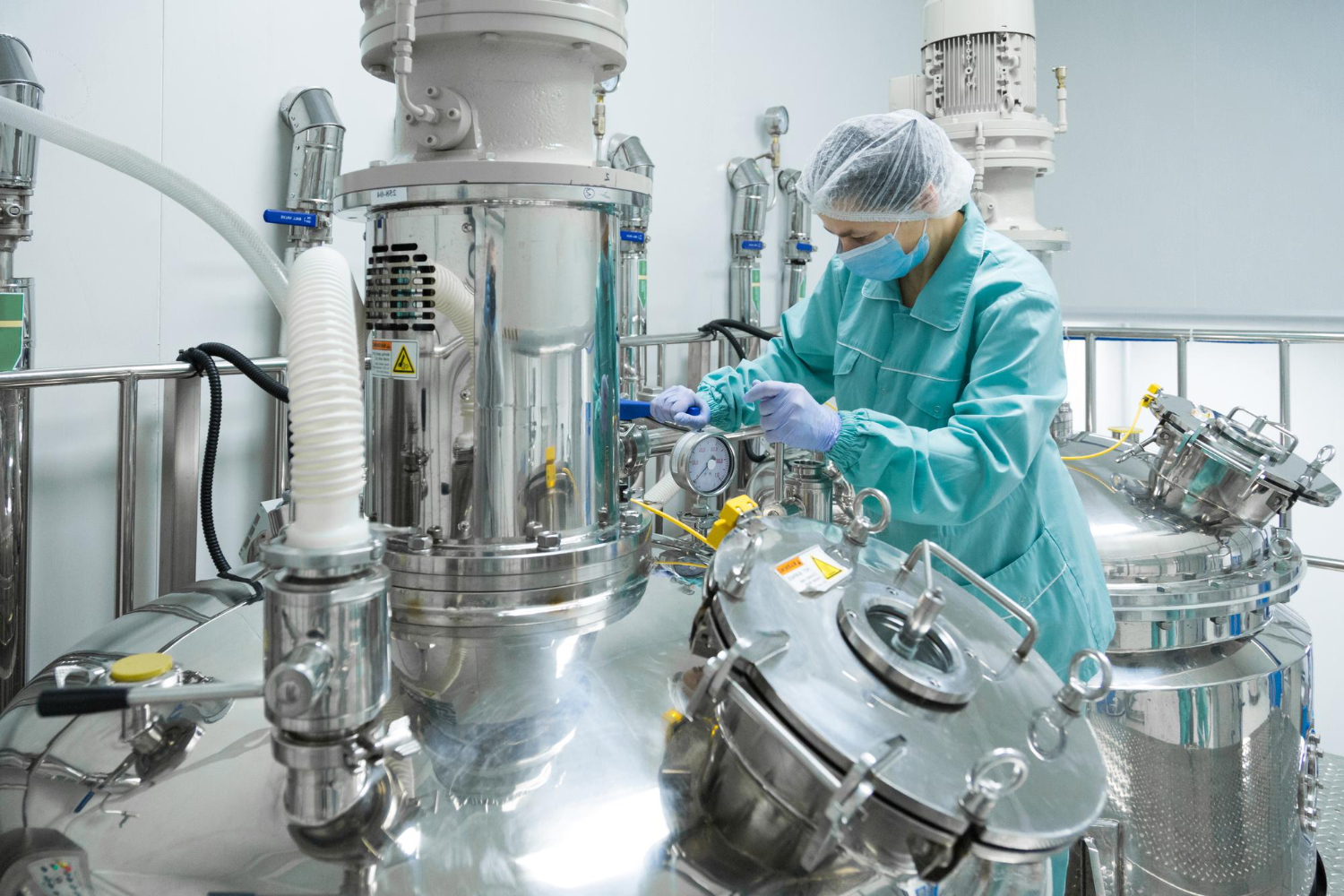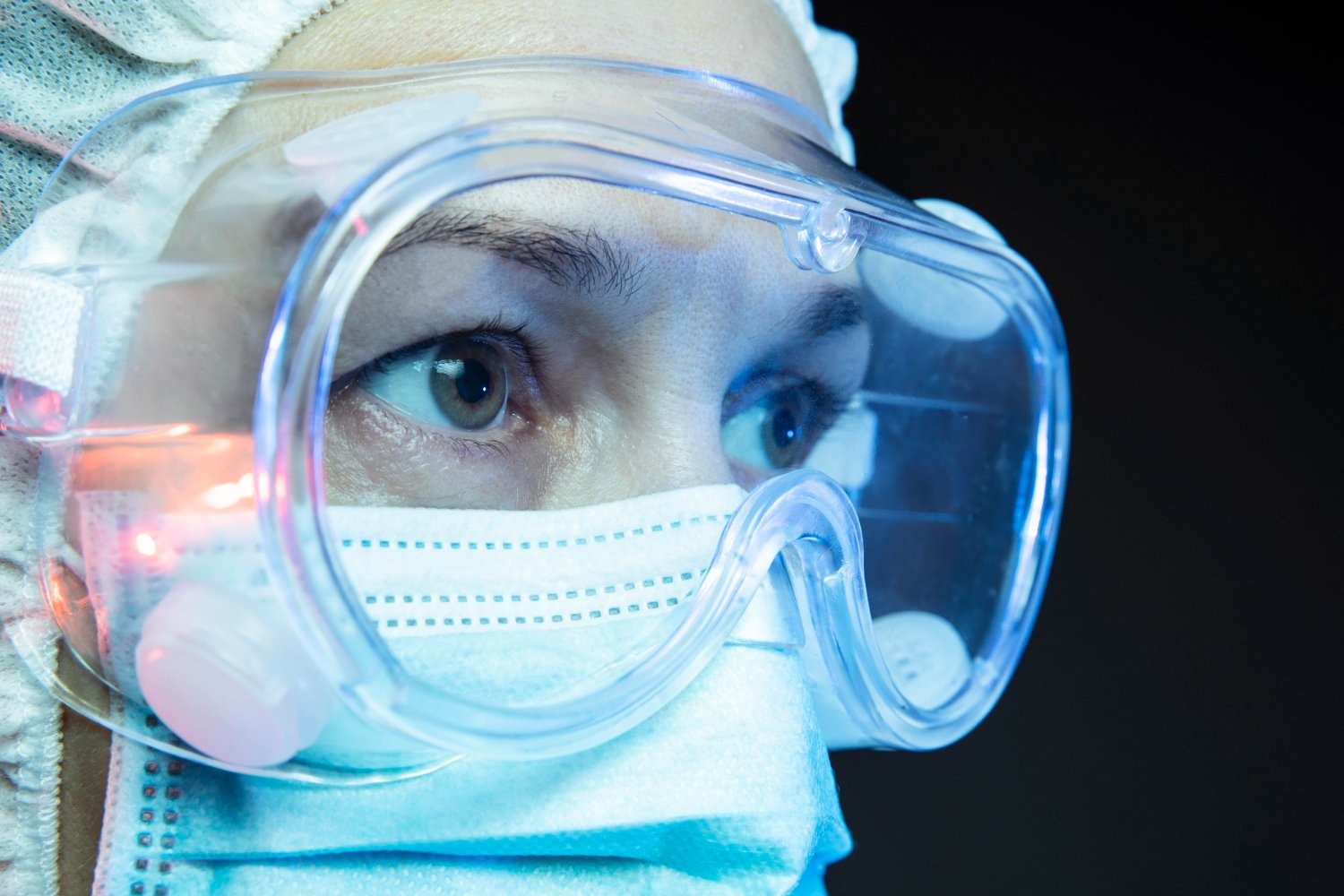What Is Image Recognition?
Image recognition lets systems identify objects in digital images. It relies on computer vision and artificial intelligence.
This field has grown fast. It now plays a role in many industries. It helps systems recognising objects in real time.
Image recognition means teaching a system to see and name items. A system receives digital images. It then spots objects, like faces, cars, or text.
It uses a model trained on large training data sets. A recognition model learns from examples.
It then applies that knowledge to new images. In many cases, it marks objects with a bounding box. Systems can operate in real time. They can work with photos, videos, live feeds, or medical imaging scans.
Key Algorithms and Models
Most modern systems use deep learning models. These include convolutional neural networks (CNNs). A CNN applies convolutional layers to extract features from images. It uses filters to detect edges, textures, and shapes.
Those features feed into classifiers for image classification. Other models use feature extraction and support vector algorithms. Models vary by task—face scanning needs different patterns than X‑ray scans.
Early image recognition used hand‑crafted features like SIFT and HOG. These found visual patterns. Machine learning algorithms then used those features. Deep learning changed this by automatically finding features via convolutional layers.
Modern recognition models can spot multiple objects in scene, and label each one. That makes machine learning models flexible across real world tasks.
Read more: How Does Image Recognition Work?
Training Data Matters
Training data underpins any recognition model. The system uses labelled images during training. Labels might mark objects with bounding boxes or class tags. Models learn the patterns that link image pixels to labels.
Once trained, models generalise to new images. If a model sees too little data, it may mislabel or miss objects. If data has bias, recognition may be flawed. Good data sets include variety—different angles, lighting, and object types.
Deep learning model training can take hours or days. It depends on model size and training data scale. Some models have billions of parameters to capture subtle patterns.
But bigger models need more computing power and cloud resources. TechnoLynx helps optimise training data pipelines and model efficiency to reduce time and cost.
How Image Recognition Works
A recognition system processes an input image or video. It applies convolutional filters to detect key patterns. Next, it applies pooling layers to reduce size while keeping essential info. Then it uses fully connected layers or classifier heads.
Those output a class label or probability. In object detection, the model also predicts bounding box coordinates. In some cases, the model works in real time so it can process live streams or camera feeds.
Common Uses in Real World
-
Facial Recognition: This model uses trained convolutional neural networks to identify faces. It matches faces to stored templates. Examples include smartphone unlock and security.
-
Medical Imaging: Recognition systems scan CT, MRI, or X‑ray images. They locate anomalies like tumours or fractures. AI assists radiologists by highlighting problem areas in real time.
-
Autonomous Vehicles: Cars use image classification and detection to recognise traffic signs or pedestrians. The model identifies objects and predicts motion to avoid accidents. It constantly processes video feed from around the vehicle.
-
Inventory Management: Systems scan shelves or parts bins. They identify missing items or misplaced products. They can scan barcodes or recognise object shapes.
-
Social Media & Content: Platforms tag people in posts. They classify image content. They detect specific objects or scenes to suggest hashtags or filter offensive content.
-
Optical Character Recognition (OCR): The model recognises text in images. It turns printed or handwritten words into digital text. Applications include digitising documents and translating signs in real time.
-
Security and Surveillance: Systems track people across camera networks. They spot restricted area entry or abnormal behaviour. They use recognition in real time to alert staff.
Read more: Computer Vision and Image Understanding
Challenges in Image Recognition
Many factors affect accuracy. Models must handle varying lighting, angles, occlusion, and low resolution. Images with poor quality cause misidentification. Models must generalise across environments—lab‑quality training doesn’t work on real-world video.
Another challenge is real-time processing needs. High‑resolution images strain GPU resources. Small memory can slow down systems. TechnoLynx helps optimise algorithms and hardware use to keep latency low.
Ethical risks also exist. Facial recognition can misidentify users, especially in demographics with less training data. Models may embed bias. That can lead to unfair treatment.
Quality control and unbiased data sets are essential. TechnoLynx audits models and training data to reduce bias and improve fairness.
Image Recognition Technologies
Many frameworks exist. Cities use open‑source tools like TensorFlow and PyTorch. Cloud platforms offer ready‑made models as part of cloud computing services.
Amazon Web Services and Microsoft Azure include pre‑trained recognition APIs. They supply models for face, object, and text detection. These systems support real-time processing via streaming endpoints. They help companies avoid building models from scratch.
Vehicle makers use more specialised technology. They integrate sensors and video systems with custom deep learning models. These systems apply computer vision tasks in a multi‑sensor setting. Image processing combines radar or lidar with video to improve object tracking.
Advanced Evaluation and Model Tuning
Image recognition models require precision. Small changes in the input can alter the output. This makes tuning an ongoing task.
Models must be adjusted as new data comes in. The process is not simple. Even strong models need refinement when applied to new sets.
Training data must stay up to date. If conditions change, older data becomes less useful.
Lighting, resolution, and background matter. These details affect how well the model sees the image. Continuous data collection improves the results over time.
Hyperparameter tuning plays a critical role. It controls the number of convolutional layers, filter sizes, and strides.
Each setting changes how a recognition model performs. The best settings vary by task and data type. For example, facial recognition and object detection need different setups.
Overfitting remains a threat. It happens when a model works well on training data but fails on new data. Techniques such as dropout layers, data augmentation, and cross-validation help prevent this.
Regular testing against validation sets is key. It ensures the recognition model works in a real-world setting, not just in training.
Read more: Feature Extraction and Image Processing for Computer Vision
Role of Architecture in Performance
The structure of the model decides how it handles input. Convolutional neural networks (CNNs) dominate this area. Their convolutional layers extract spatial features. These features make it easier to understand digital images.
Some models use deeper architectures. Others focus on speed.
Deeper networks capture fine detail. But they take longer to run.
Shallow models run faster but miss subtle features.
The choice depends on the use case. Real-time tasks such as video tagging need faster models.
Transfer learning is often used. Pre-trained networks help save time.
They already know basic image features. This allows faster development of new models. It also reduces the need for large training data.
Batch normalisation and residual connections improve learning. These additions speed up training and make models more stable. They reduce errors in very deep networks. As a result, deep learning models are more accurate and efficient.
Contextual Accuracy and Multi-Label Cases
Single-label classification is easy to test. But many images contain multiple items. A street scene may show cars, people, signs, and buildings. A strong system must detect all these.
Bounding boxes help with object detection. Each box marks the position of an item.
Labels explain what it is. Algorithms check how well boxes match real items. This process needs care. Mislabelled boxes reduce performance.
Multi-label recognition pushes the system further. Each image may need several outputs. These models learn from complex annotations. They need structured training data.
Labels must be accurate and complete. If not, results will fail in production.
Confidence scores matter. They show how sure the model is. These values help with post-processing.
Low scores might be ignored. High scores might trigger an action. The choice depends on the task.
Read more: Facial Recognition in Computer Vision Explained
Integration with Application Systems
Models work best when fully integrated. They do not operate alone. Systems must handle input, run the model, and process results. This pipeline needs careful design.
Many applications use APIs to link models with tools. A photo app might use recognition for sorting. A medical system might check X-rays for signs of illness. Each system adds layers to the recognition task.
Real-time applications bring new challenges. Delays cause errors. A model must process each frame quickly. This needs strong hardware and efficient code. GPU acceleration is standard in such systems.
Web-based tools use models in the cloud. These models serve many users at once.
Load balancing and queue management matter. Cloud infrastructure must scale with demand. This keeps service quality stable.
Security matters, too. Image data may include private items.
Medical imaging, for instance, involves strict rules. Systems must protect personal data at all stages. Encryption and user access controls are part of this.
Advances and Future Directions
Newer systems go beyond bounding boxes. They segment objects pixel by pixel. Image segmentation enhances recognition in medical imaging and autonomous vehicles. Models like U‑Net or Mask R‑CNN combine CNNs and pixel‑level classification.
Research also includes few‑shot and zero‑shot learning. Models learn to recognise new objects with minimal training data. That helps systems adapt on the fly.
Large language models (LLMs) sometimes join recognition tasks. They can describe image scenes in natural text. That bridges vision and language processing.
Read more: Object Detection in Computer Vision: Key Uses and Insights
Real Time Beyond Vision
Image recognition often fuses with sensor data in real time. Smart factories combine vision with robotics. A robot picks parts after recognition indicates the correct object.
Camera and encoder inputs merge via recognition models. They fully automate assembly line tasks.
In medicine, image recognition can pair with EHR data. Models analyse scans alongside patient history. Recognition output triggers clinical alerts. That helps doctors faster.
How TechnoLynx Can Help
TechnoLynx builds custom image recognition solutions. We start with your use case—face ID, medical scan analysis, or inventory tracking. We design training data pipelines. We select proper machine learning algorithms.
We deploy recognition models via cloud platforms or edge devices. We integrate bounding box or segmentation outputs with your systems.
We optimise for real-time performance on low‑power hardware. We reduce model latency using hybrid quantisation or pruning. We ensure security and privacy in data handling. We audit training data sets to remove bias and ensure fairness in facial recognition or medical imaging.
With our support, businesses gain accurate, fast, and scalable recognition systems.
We monitor model output and retrain regularly. We help you solve real-world problems in a reliable way. Contact us to start collaborating today!
Continue reading: A Complete Guide to Object Detection in 2025
Image credits: Freepik

